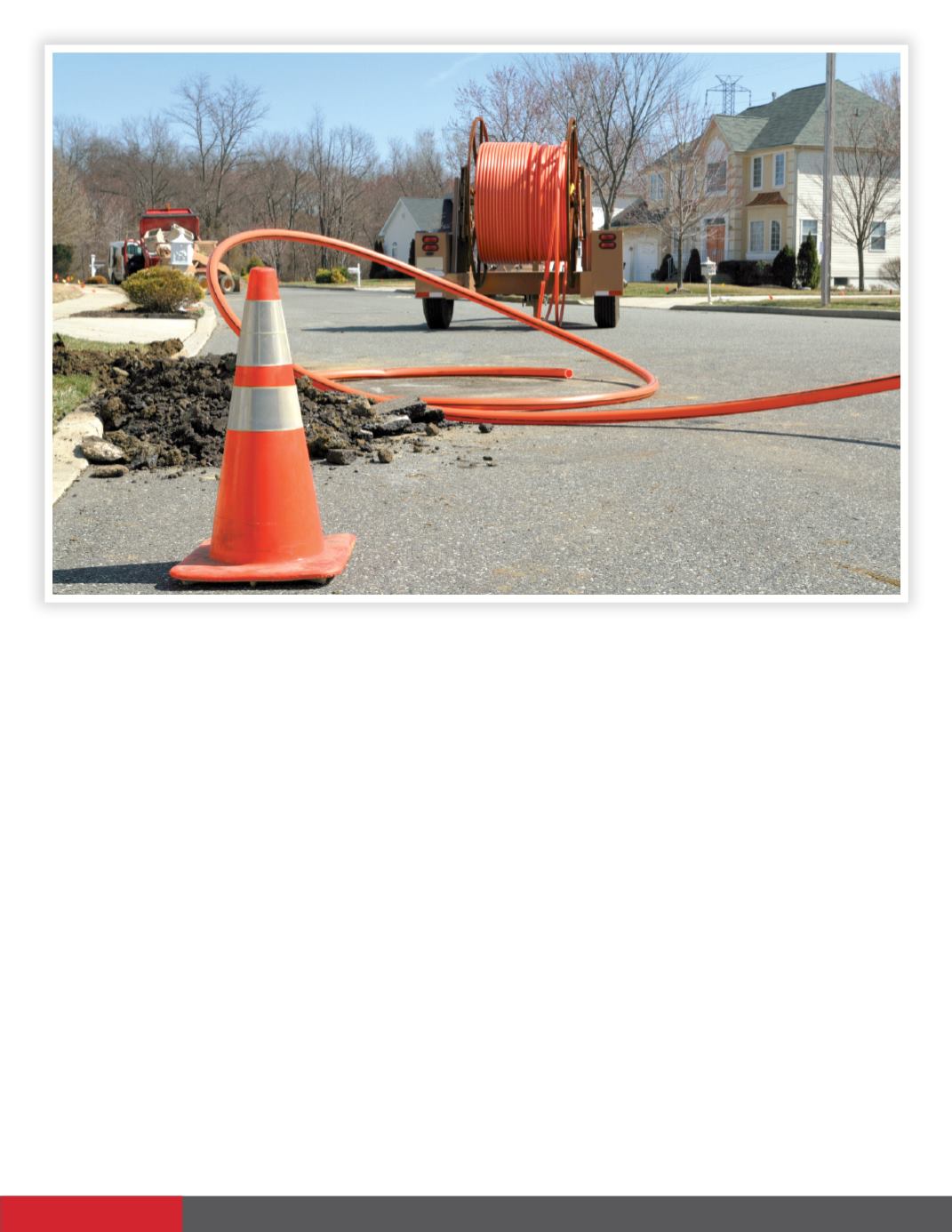
Business View - June 2015 23
Radoszewski, so “it is necessary to draw attention to
the fact that a better, longer-term performing product
is being excluded from the bid sheets.” That is why it
is so important that PPI work to get municipalities to
amend their building codes. And if “we can’t get mu-
nicipalities to look at different products, maybe we
have to do it, legislatively. We are trying to draft legis-
lation that says if any material meets the engineering
requirements for a specific application, it needs to be
added onto the bid sheet. Of course, a lot of these jobs
are offered to the lowest bid, by design, and more of-
ten than not plastic pipe is going to be less expensive
than concrete or ductile iron pipe.”
Interestingly, it was neither product awareness, nor
legislation, that not too long ago activated a seismic
shift in the plumbing sector, but rather unforeseen
market forces that did the trick. For years, copper was
the number one product used for plumbing. Radosze-
wski continues, “We tell the plumbing industry that
we’ve got a better product, but we meet resistance
from plumbers. . .but when copper prices started going
up, and copper was getting stolen from the job sites,
the builders insisted that copper should be replaced.
In two years, or so, our product went from single digits
to over 50 percent of market share.”
Even though PPI and Radoszewski’s nine person staff
works tirelessly with the institute’s 140 members to
effectuate change, and the going is slow, he sees the
possibility of a significant transformation of the piping
landscape in the not too distant future: “The one that
really strikes home to most people, and is unknown to
most people, is the shabby shape of the underground
infrastructure in this country – predominantly water,
and sewer, and storm water systems. And the reason
is ‘out of sight out of mind.’ People don’t think a lot
about water pipes or sewer pipes until something goes
MANUFACTURING


